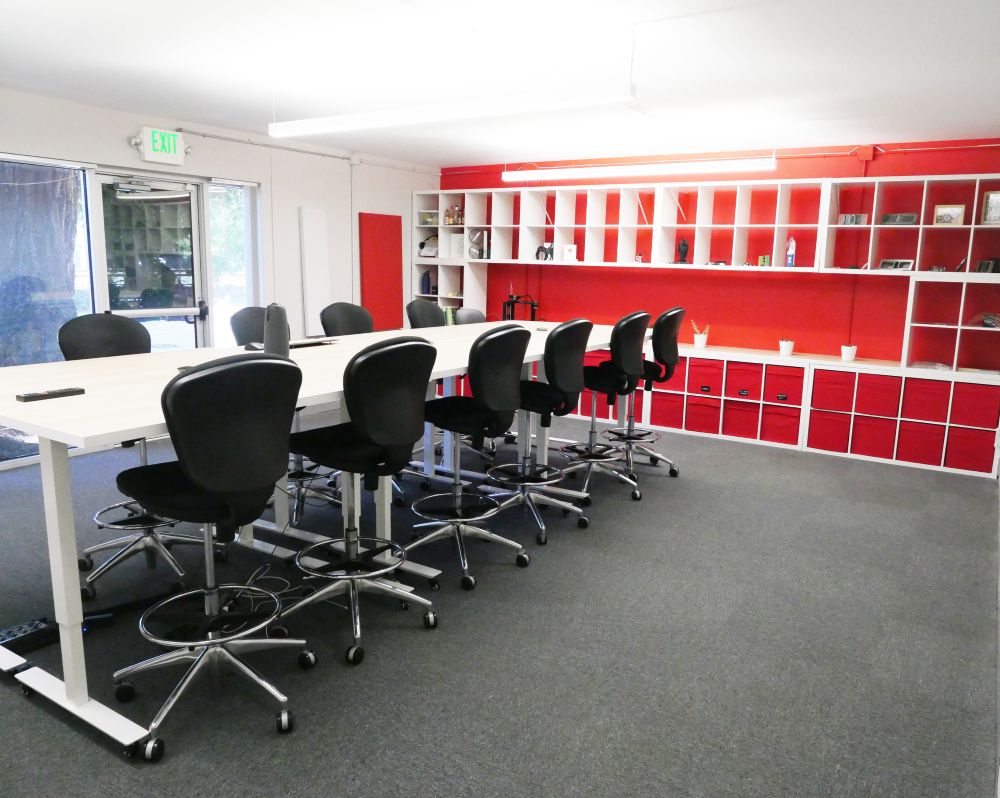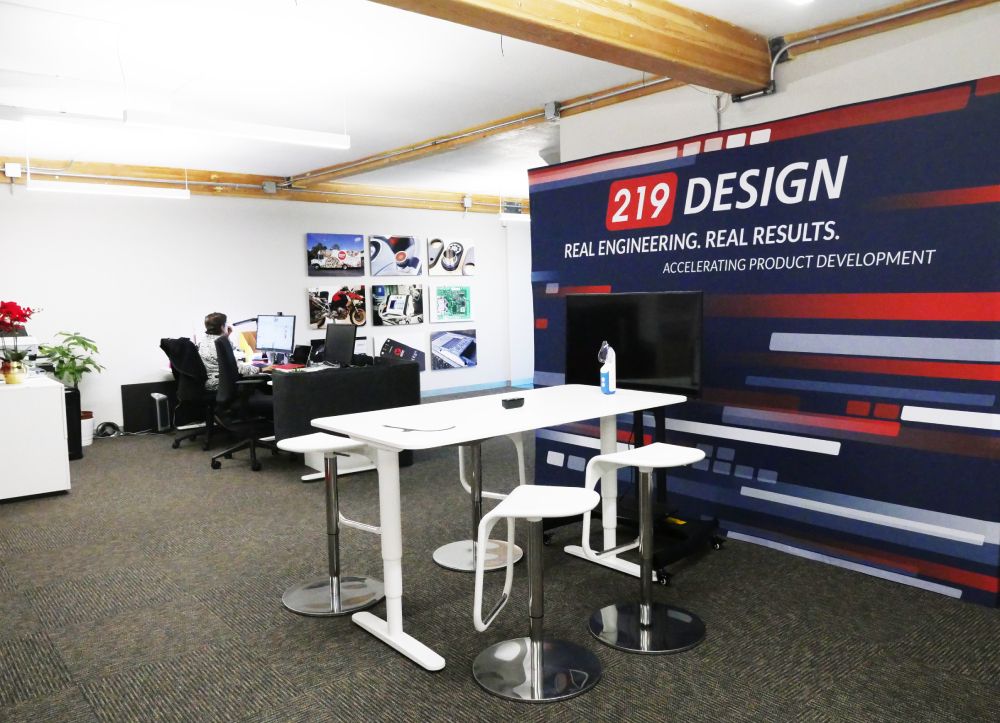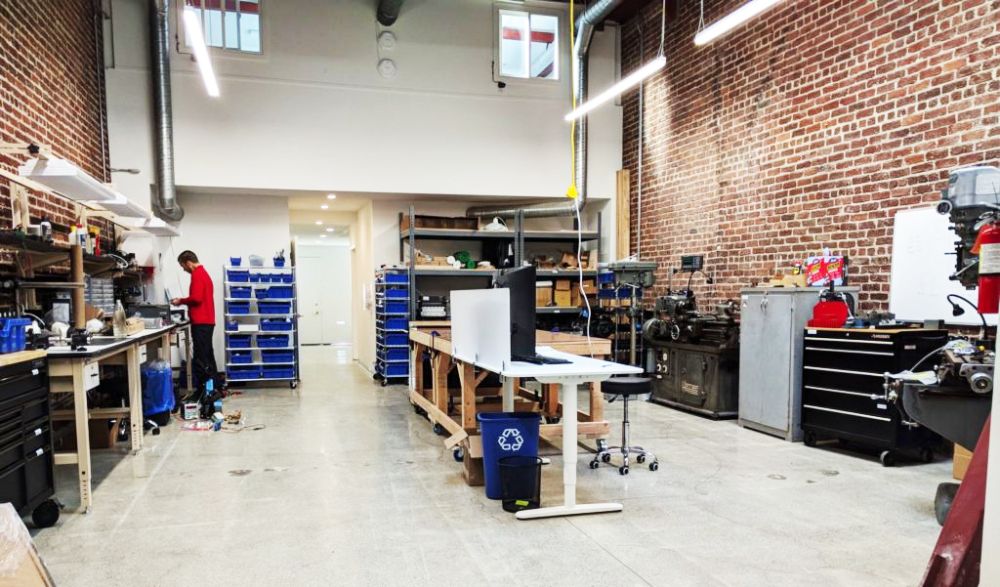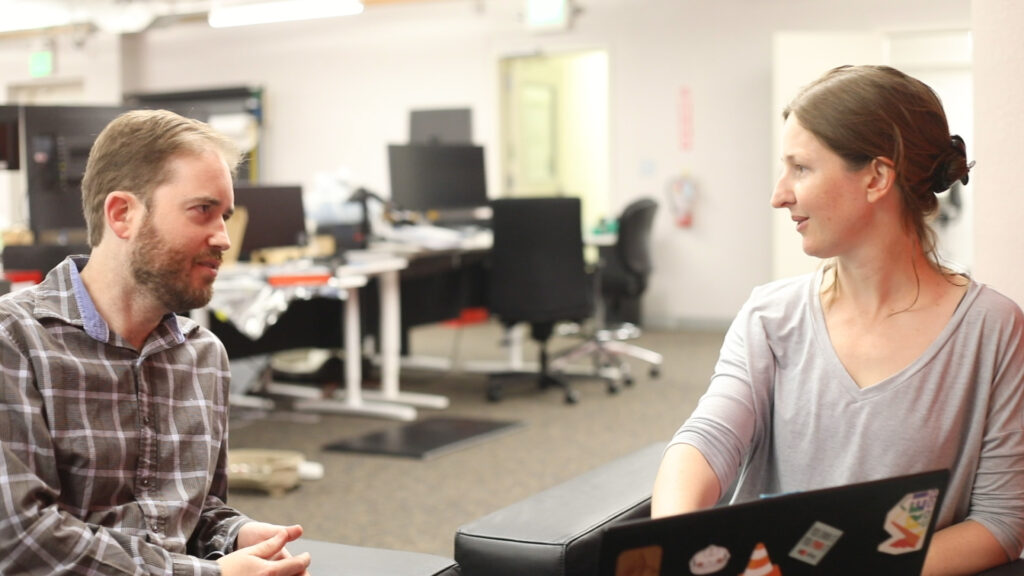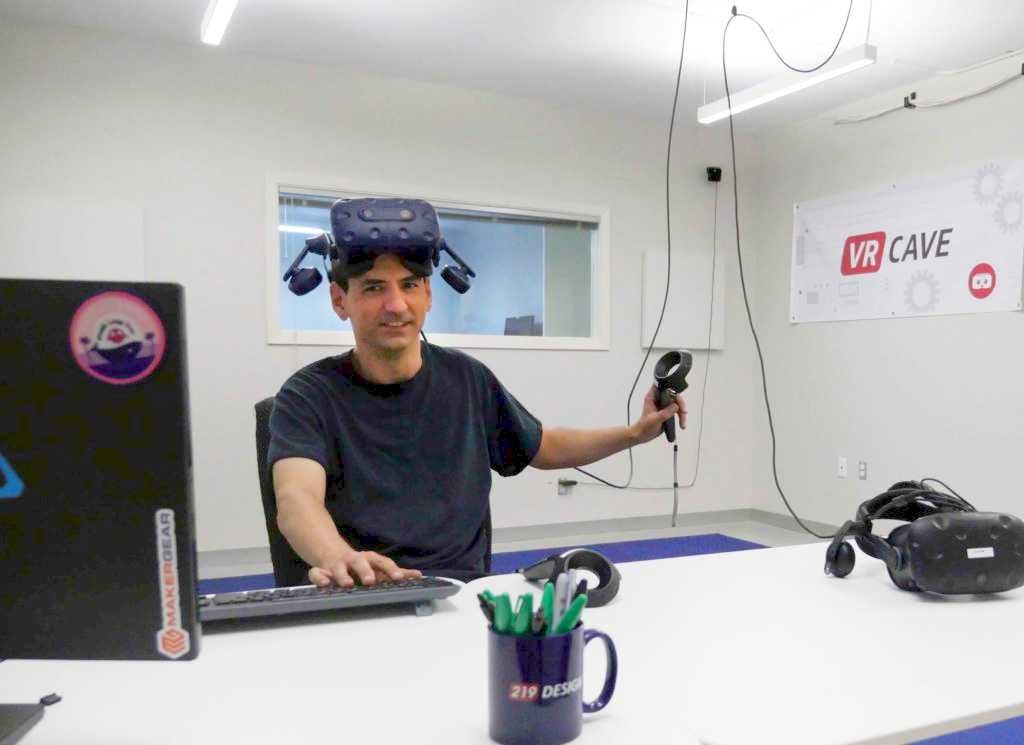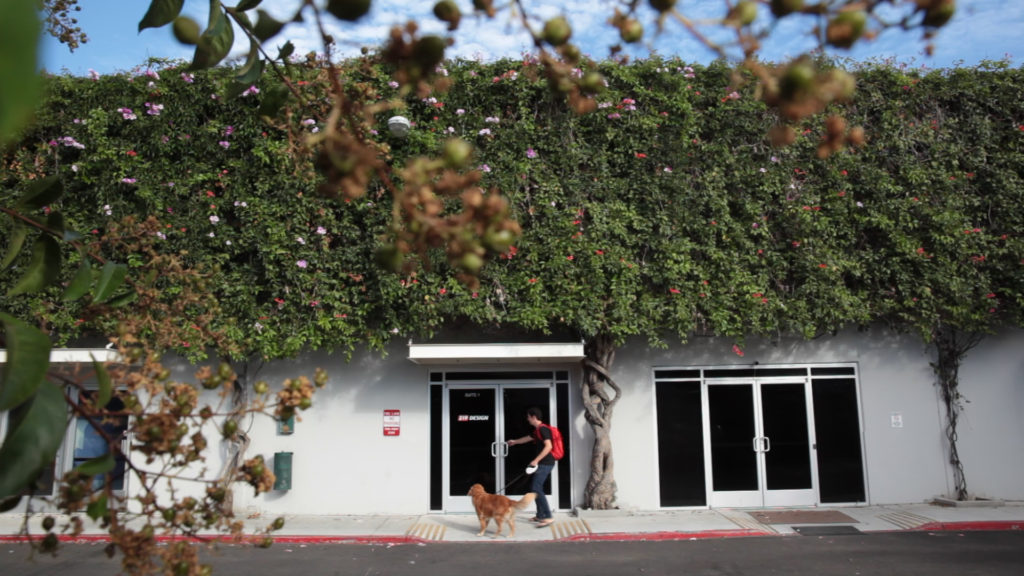
Thinking about hiring a design firm for new product development? Over the years, we’ve worked with a lot of clients in the process of finding, choosing, and working with a design firm. Recently one of those clients, the DuPont Silicon Valley Innovation Center, invited 219 Design to share our experience with Stanford Me2We LEAD participants. These are the a few of the tips we shared.
Wait, What is a Design Firm?
Well, there is no single answer – every firm is different. 219 Design is an interdisciplinary engineering firm. We have in-house expertise in mechanical, electronic, software, and firmware engineering as well as UI/UX and product design. We work with companies to first figure out the right thing to build, and then we help them build it right, leveraging broad industry experience and deep technology expertise.
When Should I Use a Design Firm?
These are the most common reasons companies come to us for help:
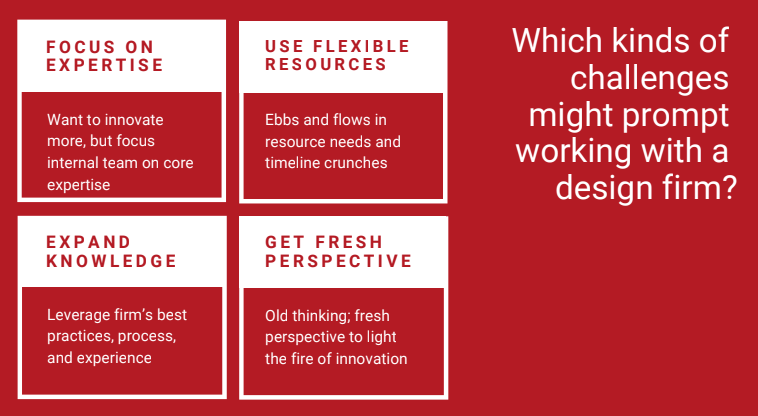
- Focus on Expertise – You may want to focus your internal team on your company’s core expertise. By doing this, you develop an internal knowledge base and a core strength. For everything else, hire a design firm!
- Use Flexible Resources – Do cyclical development cycles make it impossible to staff appropriately? Let your ebbs and flows be absorbed by a design firm. Is your team stretched too thin and hiring takes too much time and attention away from your business? Design firms can fill short to medium-term gaps as your internal team expands to meet your requirements.
- Expand Knowledge – Has your team been using a standard set of processes and methods? Have you been producing a certain type of technology? Design firms, with broad industry experience, technology expertise, and exposure to many kinds of processes can help refresh your company’s processes to align with industry best practices.
- Get a Fresh Perspective – While your internal knowledge is valuable, a fresh perspective is often critical to innovation. Creativity depends on different minds coming together to provide new angles and ideas previously unthought of.
Considering an independent consultant? Both have their places. A firm tends to have more refined processes and can leverage broader & deeper set of experiences. The firm will also retain knowledge despite turnover, and is more likely to be available to you indefinitely.
How Do I Find the Right Firm?
- Ask for references from your trusted network.
- Start early. Firms often won’t have immediate availability.
- Focus on firms that are the right fit for your project. Consider whether you’re developing a proof-of-concept or a production-level design and look for similar projects in the firm’s portfolio.
- Make sure they can articulate their “process.” It should be neither too broad nor too rigid.
- Look at their portfolio – see what they have on their website and, if it looks like they can do what you need, reach out to ask about relevant past projects.
- Ask about turnover.
- Ask how much they rely on independent contractors versus a stable, internal team.
- Ask for their billing rates. Do they charge based on fixed cost or time & materials?
How Do I Work with a Design Firm?
Over our 15 years in business and hundreds of projects, we’ve found these tactics for working together yield great results for our clients:
- Make sure everybody is on the same page about the project scope from the very beginning. At one end of the spectrum, the project is self-contained and very well defined such that design firm can work independently. On the other end of the spectrum, you may need a firm that can join you in working towards a broader goal in a collaborative partnership. Make sure you know where you want to fall on this spectrum, and communicate that to the firm.
- Start with a small engagement to build relationships and trust.
- Build in regular touch points (e.g. weekly update meetings).
- In some cases, pre-defined milestones are important.
- Legal and contract tips
- Usually, it’s best to have a call or meeting to assess if there may be a good fit before putting an NDA in place.
- A common structure is to have a Master Services Agreement (i.e. contract). Then, for each project, there is a Statement of Work (SoW). Firms will typically have their own standard versions of these.
- It’s a good idea to have an attorney review the contract on your behalf.
- Legal back-and-forth can take time! So keep that in mind when planning schedules.
Next Steps
Email us at getstarted@219design.com to learn more or to get started on your innovation challenge.
Click here to find out The Top 5 Ways to Overcome Innovation Challenges

